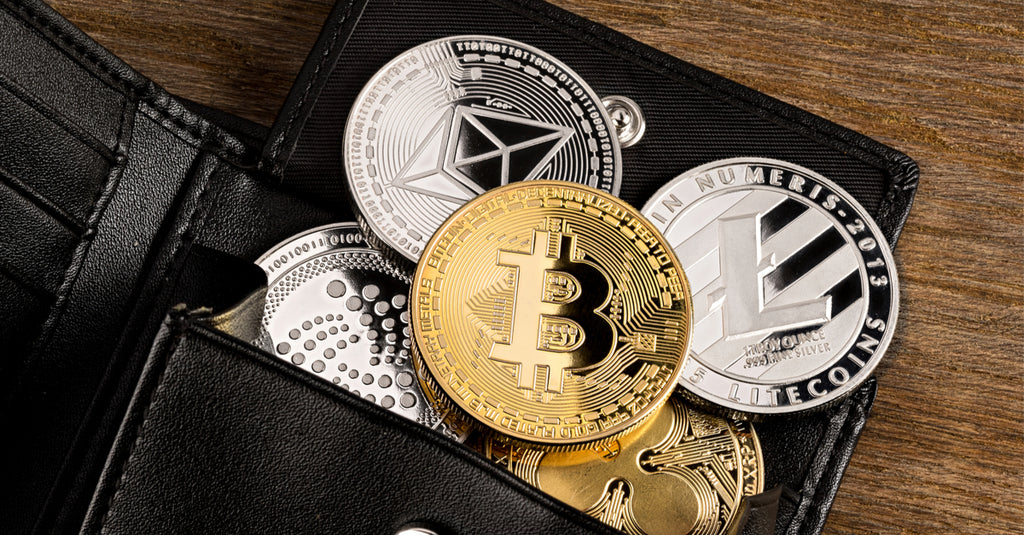A cryptocurrency, or ‘crypto’, is a digital currency that can be used in exchange for goods and services.
The name cryptocurrency came about due to its reliance on cryptography which makes it almost impossible to counterfeit in the traditional sense. Most cryptocurrencies are decentralised, meaning there is no single entity issuing them and instead they depend on a public ledger or blockchain that makes manipulation or interference by governments or organisations infeasible.
Some popular examples of decentralised cryptocurrencies are Bitcoin, Ethereum and Dogecoin.
If someone wanted to purchase cryptocurrency they would do so through either:
A Centralised crypto-exchange - One that is operated by a private organisation such as Coinbase.
or
A Decentralised crypto-exchange - That stays more true to form by connecting buyers and sellers directly without the need for a trusted third party.
Naturally there are strengths and weaknesses to both approaches however most will allow you to trade traditional currencies (fiat money) for crypto and vice versa.

When someone says that they hold X amount of crypto, what they really mean is that they have sole access to the private keys of a crypto-wallet used to transact their crypto. There are a few different types of crypto-wallets with varying degrees of security and accessibility:
Hot Wallets are aimed at being hassle-free for the user and value convenience over security. A hot wallet is in some way always connected to the internet. This allows for the quick and easy transfer of funds to other wallets as well as speedy exchanges between different cryptocurrencies. They are usually associated with a personal account on websites or exchanges such as Coinbase, which deprives you of anonymity and forces you to trust an online third-party.
Cold Wallets, often referred to as offline wallets, are inaccessible via the internet. These wallets put security first and leave convenience on the back-burner. Hardware Wallets like the Ledger Nano are the most talked about as they combine some of the user friendly aspects of a hot wallet with the security advantages of a cold wallet.
So called Paper Wallets are the gold standard for safely storing your crypto, this involves physically printing off or writing down your public and private keys to store in a safe place such as a safety deposit box. These are the least convenient as it can take a long time to gain access to your funds. However, they are helpful as a backup for your crypto.
Choosing how to store your crypto involves finding a balance between security and accessibility that suits your needs. For someone with say $100 worth of crypto that intends to buy products in the near future it would make sense to choose a hot wallet that you can easily send and receive funds from. However, for someone with a large holding it would be sensible to increase security and use a form of cold wallet.
A flexible and secure solution for a cold wallet would be to install one on a removable encrypted USB stick, which can only be accessed using a personal login. This is the type of wallet currently being developed for Keep Stick.


